You find yourself fretting over something. It could be anything: work, family, friends, even what to make for dinner. Suddenly, you feel soft paws step into your lap and hear a warm, rumbling purr. Without prompting, your cat settles close and reassures you everything’s going to work out. This sweet moment of affection doesn’t surprise you (you’re a cat-lover), but for some people? It seems out of the ordinary. Cats have a reputation as aloof and even snobby. And people don’t consider cats the “cuddle” type. But that couldn’t get further from the truth. Felines LOVE to snuggle, and they recognize the peace their purr brings. Of course, not every cat’s made the same, and some cuddle better than others. We have the most affectionate cat breeds around – felines who LIVE to socialize.
Affection
“What greater gift than the love of a cat.” The words belong (allegedly) to Charles Dickens. He adored cats, and some of his favorites returned that affection. Felines have made their mark throughout history, whether engaging in politics or influencing literature. And while some earned their claim to fame through mischief, most rose to prominence through endearment. It’s a common thread shared by the most affectionate cat breeds.
These felines WANT to spend time with their owners. This includes the expected cuddling on the couch, but it extends from there. They’re interested in EVERYTHING you do. Working in the garden? They’re happy to sniff at the flowers as you weed or plant. (So it’s important that you stick to cat-friendly plants) Using the computer? They need to examine the screen (or lay across the keyboard) and double-check your work. Taking a bath or shower? Yes, even there, some of these felines feel the need to chaperone.
And the sweet nature isn’t limited to you. Many of the most affectionate cat breeds love snuggling with others who happen to share the house or drop by. This can mean the family canine, other cats (of course), and even exotic pets! And while their heart remains yours, they aren’t above stepping into the lap of your friends if it means they get a chin scritch or ear rub.
The Down Side
Who doesn’t love the idea of a cat who ADORES you? But there’s a deep, dark secret that comes with such a social butterfly: these felines are NEEDY. So much affection translates into a cat that develops a strong bond with their owner. They ARE affectionate cat breeds, but they’re also demanding of your attention.
These aren’t cats you can leave on their own for extended periods of time. Similar to certain breeds of dogs, they develop separation anxiety. And UNLIKE most canines, cats have no problem jumping to HIGH surfaces in the house. You’ll return home to find cherished items knocked to the floor. If you know you can’t devote plenty of time to their needs, the most affectionate cat breeds AREN’T a good idea.
And when you need a break? Planning goes a long way. To distract your Velcro Kitty, expect to provide alternative forms of entertainment. Electronic cat toys can help. While your bundle of sweetness engages in a round of activity, you can get work done (without supervision), take a shower (without company), or get that orchid attended to (without assistance)
Different Cats, Different Levels of Affection
It’s important to remember that every cat is an individual, even among the most affectionate cat breeds. One feline may want to snuggle tight beside you while you work, while another – even from the same litter – prefers to sit in the sun. You haven’t done anything wrong, and it isn’t possible to “create” a cuddle cat. Kittens can receive the same socialization and develop different affection levels.
For instance: we have three cats, and they each have their own “cuddle” zone. Our oldest? He spends time with us on the couch. He’ll come over and demand attention now and then, but he’s otherwise content to sit beside us. And sometimes he comes and sits with me while I work (at least once during the day)
Our “middle child” is the least affectionate of the bunch. He likes getting a pat during mealtimes. And now and then, he’ll reach out and ask for pets. But that’s it. He’d rather sleep and do his own thing.
And then there’s the youngest. She needs to be involved in EVERYTHING. I get a “kiss” the second I switch off the alarm in the morning. Then she follows me around while I get ready. And when I’m working? She drops by at least three times, parking herself on the keyboard until I’ve scritched her and met her “quota” for affection. She’ll sit with us on the couch, sometimes burrowing under my blanket to snuggle on my lap. (She even sat and watched ALL of Avengers: End Game with us!) There’s no such thing as a relaxing bath in our house because she’s NOT afraid of water, and she insists on being present. And she sleeps in the middle of the bed every night.
No two cats will EVER be the same. Watching how a cat or kitten behaves before you bring them home will help you recognize that level of affection.
The Most Affectionate Cat Breeds
Among all of the felines out there, a few top the charts in the cuddle department. They insist on finding a lap to crawl into and purr away. Or they want to spend all of their time with their owners. And this reputation has earned them a place on the list of the most affectionate cat breeds. Sharing a home with one of these kitties? There’s nothing like the excess of love and sweetness. But you’ll want to make sure you have the time to devote to their attention. You won’t want to see a sad – or angry! – feline result when you can’t meet their needs for time and focus.
The Most Affectionate Cat Breeds: Ancient Breeds
People have adored cats for centuries. And some of the most affectionate cat breeds? They go back that far! These sweet-tempered felines have served as loving companions for hundreds of years. It’s a job they take incredibly seriously. And as long as you have the time and energy to devote to their attention, you couldn’t ask for better cats to share your home with.
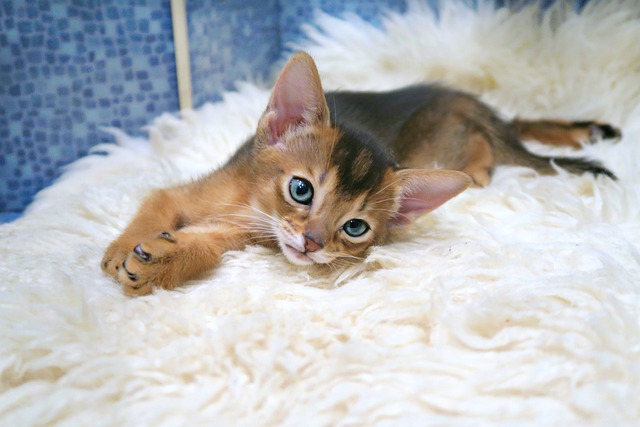
Abyssinian 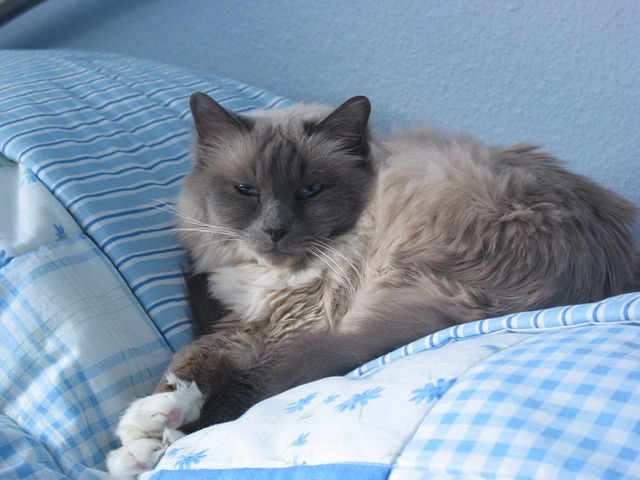
Birman 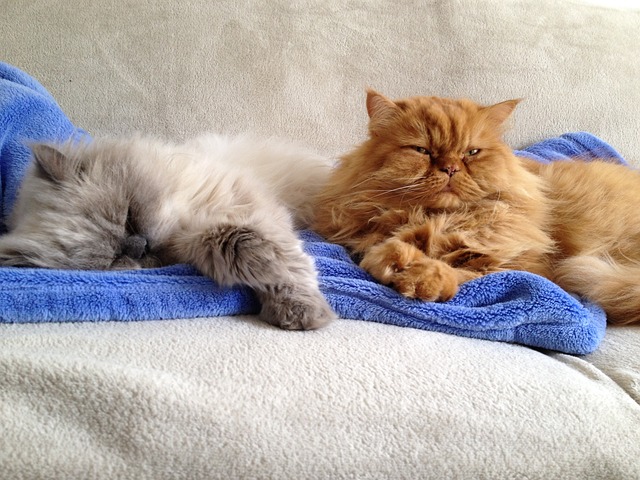
Persian 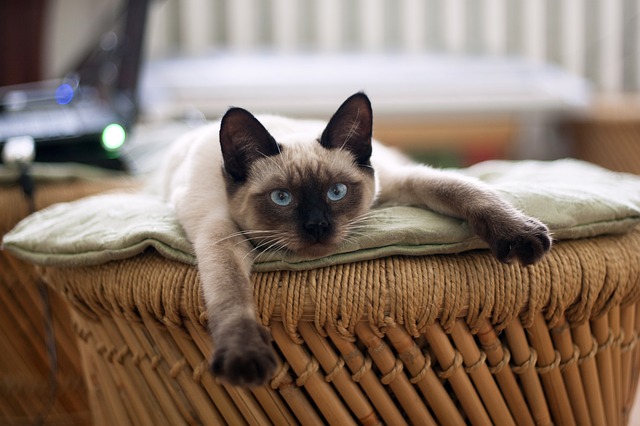
Siamese
- Abyssinian: The Abyssinian is considered one of the oldest cat breeds. And they certainly have the look! They capture the imagination with a striking appearance and put people in mind of the original feline desert ancestors. However, these muscular cats aren’t as skittish as the first cats. They zero in on people and go up to anyone and everyone. You’ll find yourself engaging in a game or socializing with them – even if you’re not a cat-lover!
- Birman: In northern Burman (the Myanmar region), priests kept these gorgeous cats as fond companions. And Birmans retain that affectionate personality to this day. Considered one of the most people-oriented felines around, they have sensitive personalities that pick up on the feelings of those around them. They cozy up to people AND other pets, making them one the most affectionate cat breeds.
- Persian: With a heritage that goes back to 100 B.C., Persians look as ancient as their pedigree. And despite their high price tag, they top the popularity list of cats. And why not? With all of that long, luxurious hair needing daily grooming, these cats have developed a sweet temper. There’s nowhere they like better than your lap as you brush out their fur. But they also enjoy playing with everyone in the family. And while Hollywood portrays them as lazy, they have PLENTY of energy to spare.
- Siamese: The Siamese descended from the Wichien Maat, an ancient cat breed of Thailand. And they’re not about to let you forget their regal pedigree! These vocal felines share every detail about their day as they lounge in your lap. It’s part of their sweet charm. You don’t even realize they’ve slid into your arms or lap; they just appear! (Almost by magic) And with those startling eyes, you can’t interrupt the conversation.
The Most Affectionate Cat Breeds: A Case of Mistaken Identity
Sometimes cats come along, and people mistake them for a different breed – or even a different animal! These most affectionate cat breed list members have to break out their ID cards to clear up the mix-ups. It makes them unique members of the group, too. If you share your home with one of these charmers, you’ll always have a point of conversation. That’s assuming you can get a word in over the purring, of course. (Or can get your company to pay attention, as they’ll end up charmed by your furry companion)
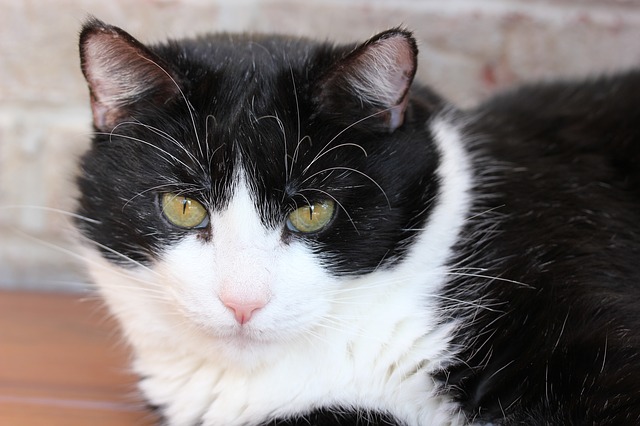
American Shorthair 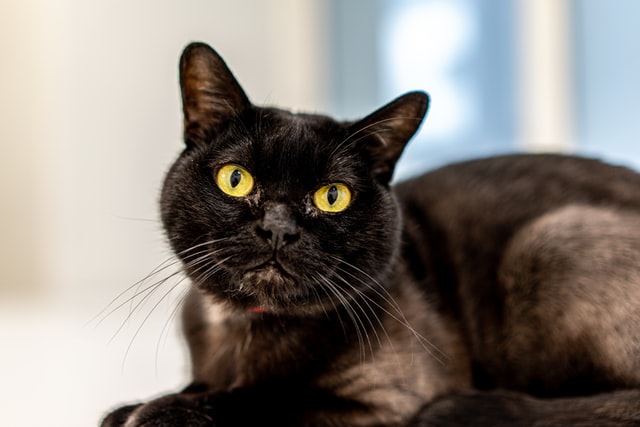
Bombay 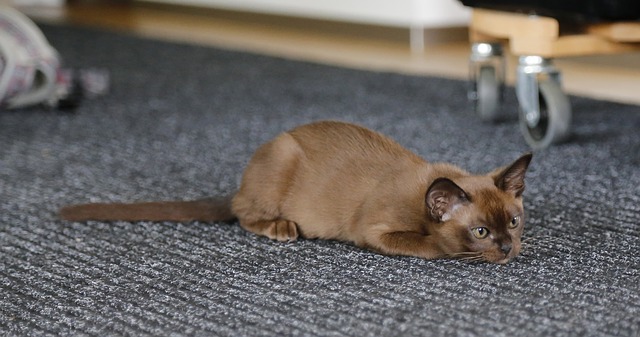
Burmese 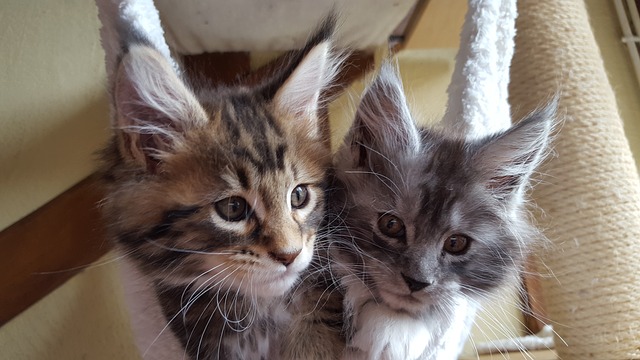
Maine Coon 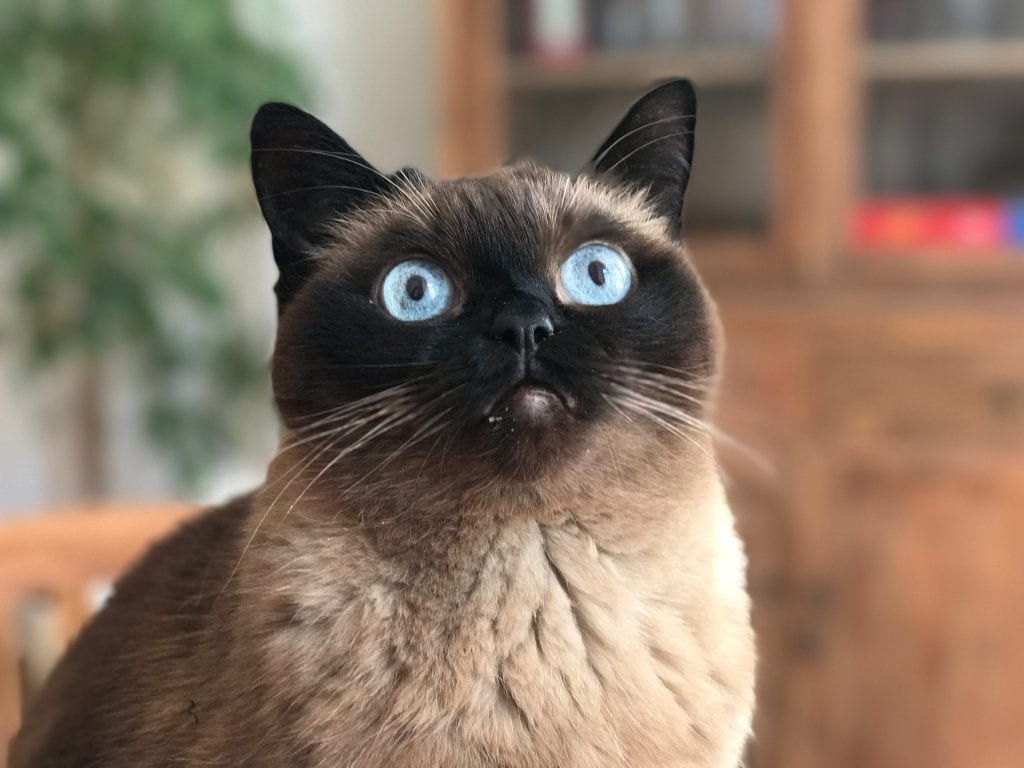
Tonkinese
- American Shorthair: Often confused for the “ordinary” housecat (is there any such thing?), American Shorthairs love their families. You can set them apart from the Domestic Shorthair by looking at their rounded faces and shorter, rounder ears. Different from some of the other most affectionate cat breeds, these felines love your attention, but they won’t track you down and insist you drop what you’re doing. They’re just as happy to do their own thing.
- Bombay: A few black felines get mistaken for Bombays. However, these exotic felines always sport stunning copper eyes and a sleek coat. And while they have an exotic name, they come from Kentucky! A breeder crossed an American Shorthair with a Burmese, yielding the stunning Bombay that reminds people of a miniature panther. Of course, these little panthers are MUCH more affectionate, with no concept of the word “stranger.” They love everyone!
- Burmese: When the first Burmese arrived in 1930, people assumed it was a dark-colored Siamese. But Dr. Joseph Thompson, who brought Wong Mau from Burma, insisted differently. And he was right! He bred her to a Siamese, resulting in kittens that split between some mixes and pure Siamese. That meant that the beautiful dark color of the Burmese was a cat breed all its own. These social felines LOVE snuggling, and they’ll also play fetch with you!
- Maine Coon: Would you believe people once thought Maine Coons came from a cat that mated with a raccoon? True story – that’s where their name came from! The largest of the most affectionate cat breeds, these fluffy felines charm everyone they meet. They supervise the household in every way – from monitoring you in the shower to sitting close to the table at mealtimes. And they chirp to get your attention (instead of meowing). It’s too adorable to resist.
- Tonkinese: At first glance, the Tonkinese looks like a Siamese. Which makes sense as the breed descended from the ancient breed. Looking to calm that vocal habit, breeders crossed the Siamese and Burmese (remember the mixes?). The Tonks resulted. They still enjoy engaging you in conversations, but not quite to the extent of their Siamese cousins. They love riding on your shoulder. But DON’T ignore them – they’ll cause more trouble than you can imagine!
The Most Affectionate Cat Breeds: Spontaneous Mutations
Some of the most affectionate cat breeds came from random moments of nature. Specific genes happened to pop up in litters of kittens, and people lost their hearts to the results. Before long, new breeds appeared with those specific traits. And the fact that affection came along for the ride? A happy bonus. You’ll find plenty of fans of these loving felines all over the world. And it isn’t just for their unique looks! The sweetness and loving temperament seal the deal.
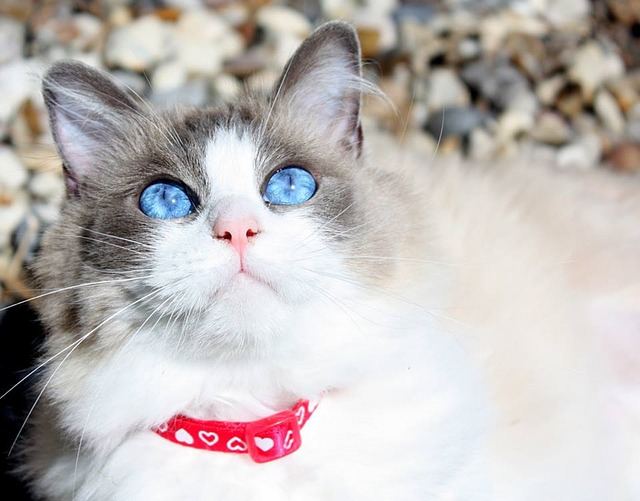
Ragdoll 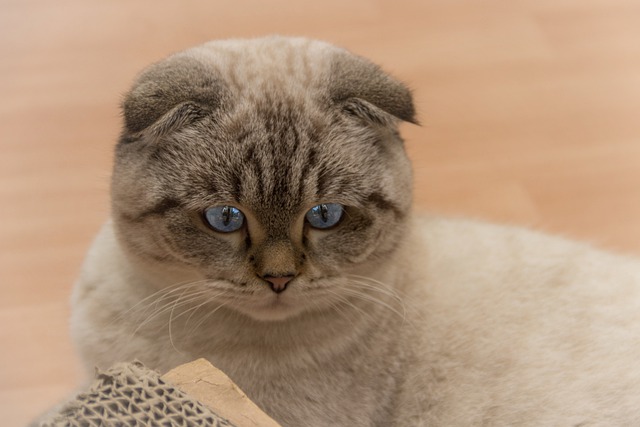
Scottish Fold 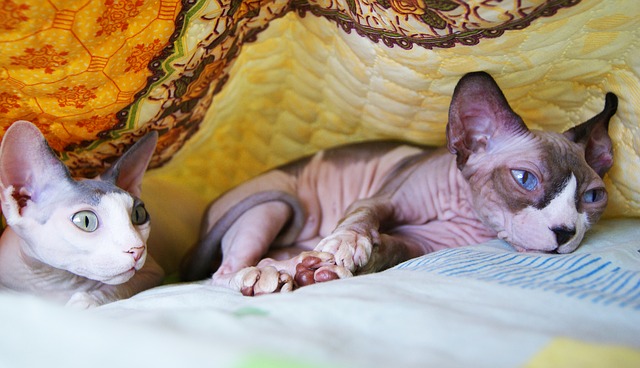
Sphyx
- Ragdoll: Who would ever believe a cat as sweet and loving as the Ragdoll would get its start from an “ordinary” feline? True story! And while there’s no such thing as an “affection” gene, that first kitty may have introduced the docile, easy-going vibe that makes them one of the most affectionate cat breeds. They’ll meet you at the door when you get home from work, play fetch, and turn to putty in your arms.
- Scottish Fold: The folded ears often attract cat-lovers to the Scottish Fold. And it appeared out of nowhere! But these lovebugs also adore their owners. They want to spend time with you, no matter what you’re doing. And since they like to sleep in the strangest positions, you can’t help but want to hang around THEM, too! However, they don’t like getting left on their own – it makes them depressed.
- Sphynx: Hairlessness arising from a cat with hair? It happens. And that’s the case with the Sphynx. Some people think that’s why these naked felines climb into laps so readily. Oh, sure, they DO want your body heat, but they’re also highly social cats. They need to get involved with everything you’re doing. And they’re happy to perform for your entertainment. It’s a trait that makes them excellent therapy cats!
Sweet Emotion
It’s a bummer that some people think cats are too independent and self-focused. They don’t know what they’re missing. Because some of the most affectionate cat breeds will happily settle into a lap and stay there for the entire day. And even the “average” feline enjoys a good cuddle session. It depends on the cat and what they’re comfortable with. And while you may need to find a distraction to get some alone time, having a cat always ready to snuggle can’t be beaten.
Just make sure you save your computer work for when they sprawl across the keyboard. (Personal experience)

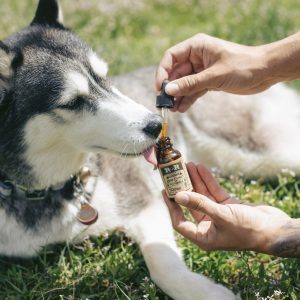

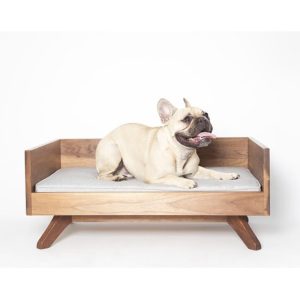

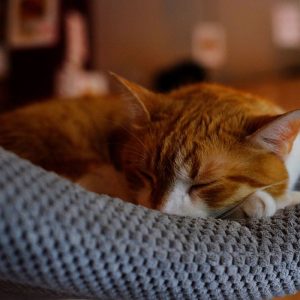

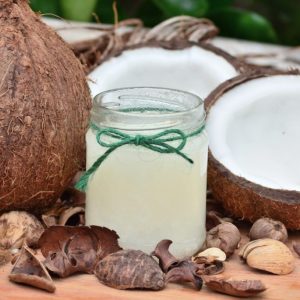



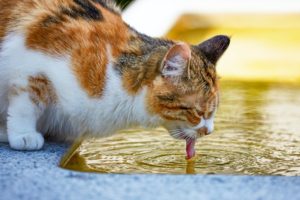

No comment yet, add your voice below!